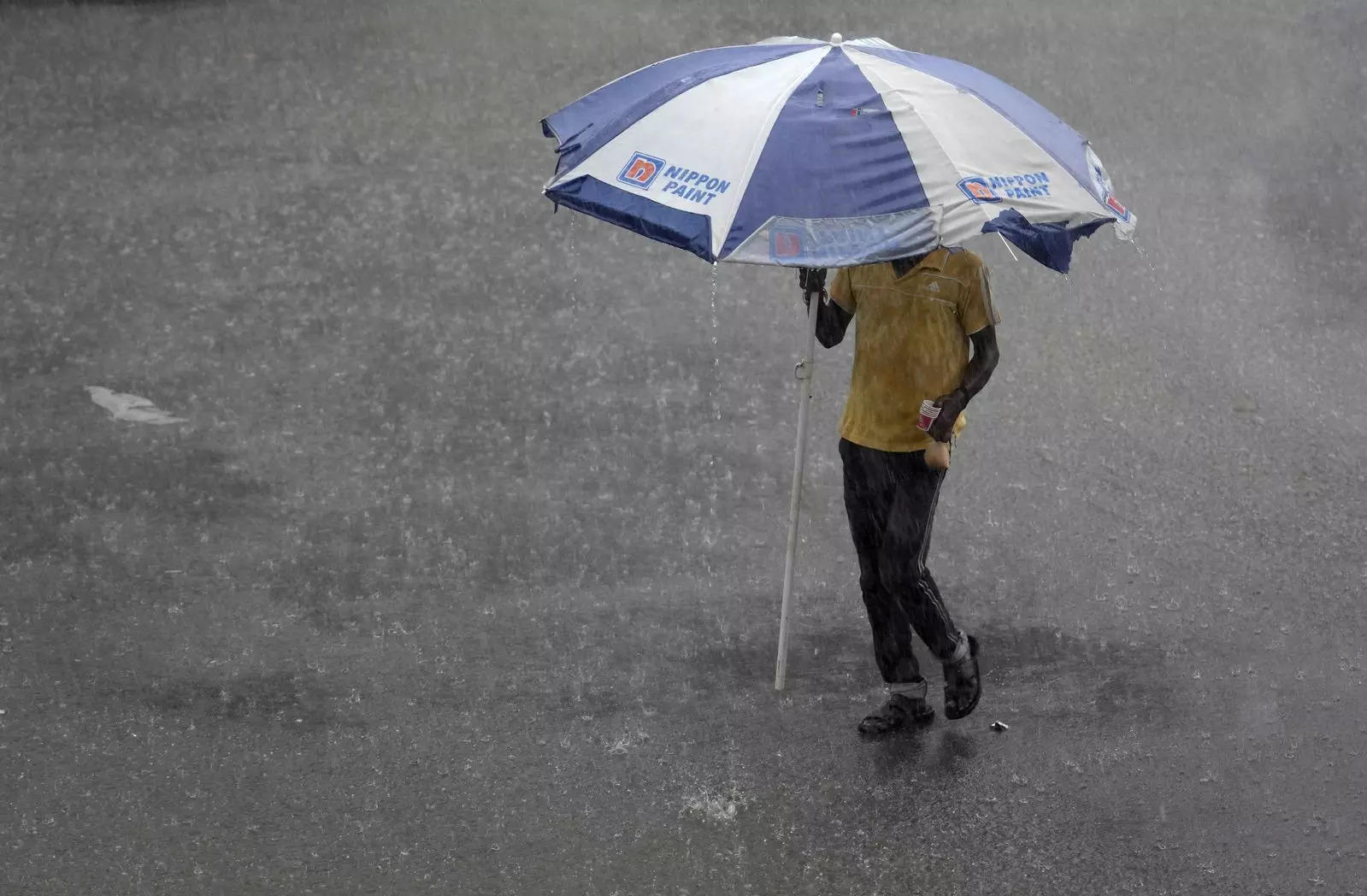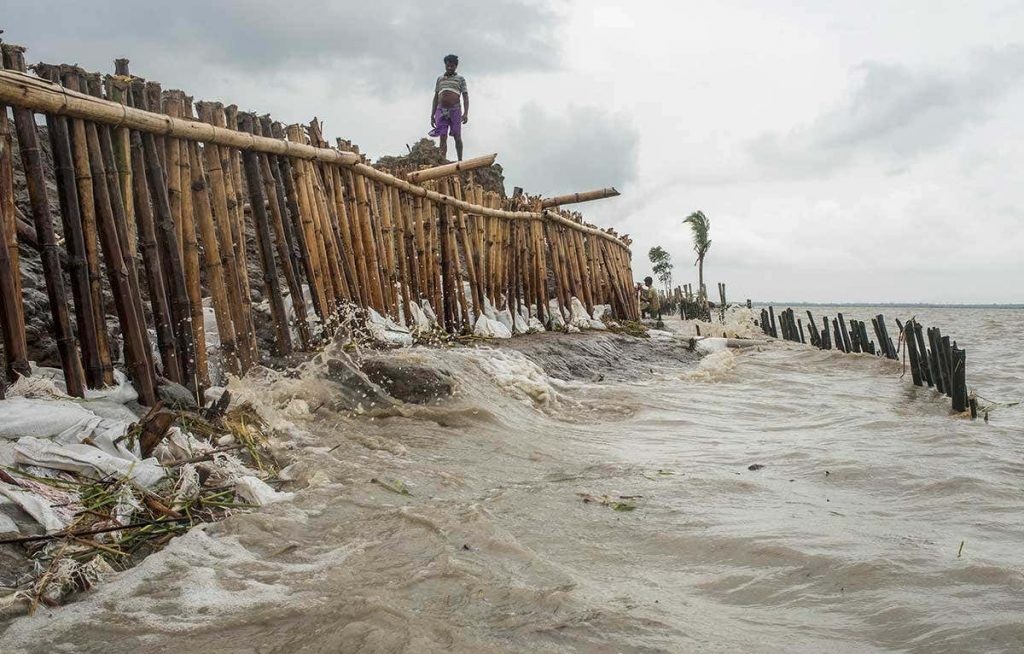Mansa Devi Hills at Risk: Erratic monsoon increases landslides in Uttarakhand
Experts believe that the quantum of extreme events like torrential rains and landslides has been increasing faster than at any point in the known history of the climate due to global warming.
By Editorial Team / Aug 3, 2023
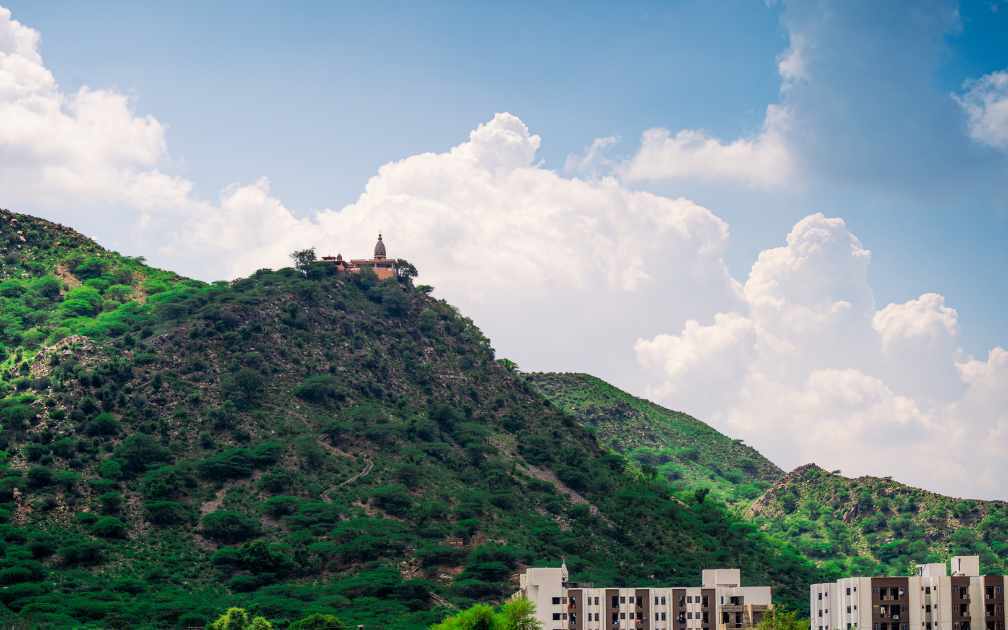
This July, Extreme Monsoon rains wreaked havoc and led to a series of landslides in Uttarakhand. This event has once again raised a question about the increasing vulnerability of the Himalayas.
The latest to come under the firing range of climate change impact is the Mansa Devi hills. The renowned Mansa Devi temple, situated on the hills in Haridwar, attracts thousands of devotees daily.
According to several media reports, around ten incidents of landslides have been reported in the area in Uttarakhand in the last month. The debris often came down on the railway tracks between Haridwar and Dehradun, affecting train movements.
Mansa Devi in Uttarakhand at risk: Increasing landslides
Increasing landslides and cracks in the Mansa Devi hills of Uttarakhand have become more frequent during the Monsoon season. It has become a threat to the area, with around 50,000 people living in its foothills.
This has instilled a fear among the locals that they might end up in a similar situation as Joshimath. In January, Joshimath, a town in Uttarakhand, witnessed cracks in several houses, forcing people to shift their base. Citing the growing concern, the local administration had requested for the government to take time actions. A team of geologists has also conducted a survey of its vulnerability to landslides.
Experts believe that the quantum of extreme events has been increasing faster than at any point in the known history of the climate due to global warming.
“The Himalayan range has already been declared the hotspot for climate change. But we must note that climate change impacts are multiplying at unprecedented speed. This is mainly due to the rising land and sea temperatures, which have increased the moisture levels in the atmosphere. The moisture gets confronted by the Himalayas, trapping it over the mountain region and resulting in heavy downpours. However, Himalayan ecology is very fragile, especially the Shivalik range, which is very sensitive to torrential rains. Until and unless increasing global warming is not controlled, increasing extreme events will continue to challenge the vulnerability of the Himalayas in the form of landslides, mudslides, and land subsidence,” said Mahesh Palawat, Vice President – Meteorology and Climate Change, Skymet Weather.
Shivalik Range: The weakest of all Himalayan Ranges
The Hindu Kush Himalaya region is geologically fragile, with young and rising mountains vulnerable to erosion and landslides, even without human interference. The region is undergoing rapid change, driven by forces such as climate change, disasters, economic growth, globalization, infrastructure development, land use change, migration, and urbanization.
Landslide activities in the Himalayas are relatively common owing to a variety of reasons, like frequent cloudburst events leading to abnormal and concentrated rainfall in a particular region, presence of tectonic zones that weaken the strength of the geological material, high variations in day-night temperature leading to freeze-thaw action, climatic shifting that disturb the highly populated slopes and increasing anthropogenic activities such as unplanned construction, expansion of road networks, development of large numbers of hydroelectric and tunnel projects, etc.
Factors Amplifying Landslide Risks in Uttarakhand
Shivalik range, where the Mansa Devi hills are situated, is the youngest and the weakest range of the Himalayas. According to a study, geologically, the Mansa Devi hill area is composed of mudstone and sandstone with thick overburden constituting sandy soil. The laboratory tests reveal that the slope is comprised of soil characterized by high permeability and low strength values. The soil is mainly sandy and non-cohesive. The laboratory tests on sandstone reveal that fresh sandstone exhibits an exceptionally higher value of unconfined compressive strength (> 100 MPa) than weathered sandstone (< 35 MPa). The mudstone is non-durable and contains a considerable amount of expanded clay minerals which tend to expand in the presence of water. It can weather easily and facilitate instability at shallow depths.
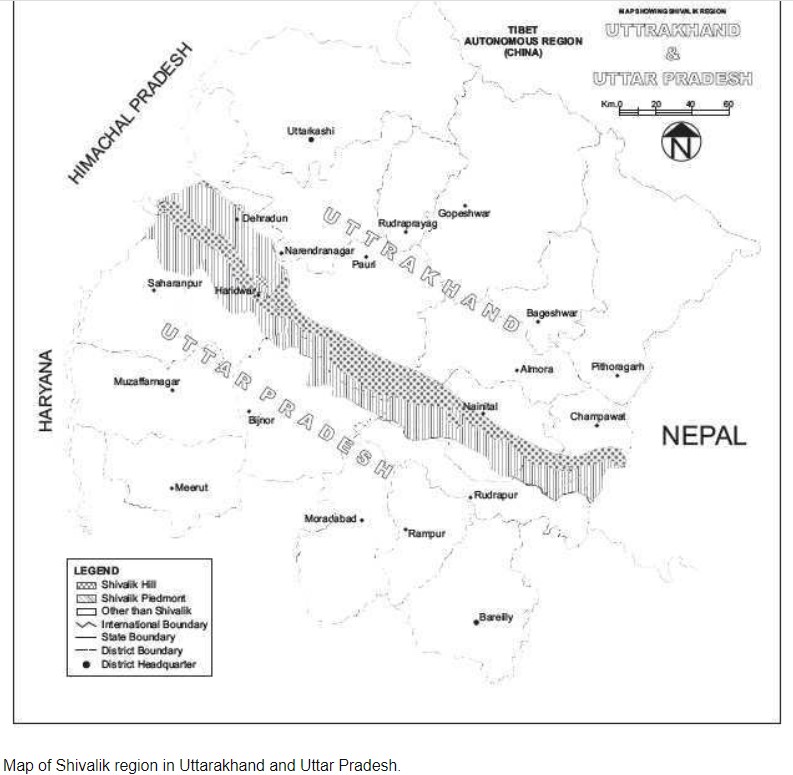
A ground penetrating radar survey confirmed that the road is unstable, particularly in those spots where the road is either lying over mudstone beds or over thick non-cohesive sandy soil. The infiltration rate of water in this sandy soil is generally rapid, which allows a fast flow of water into the deeper horizons. Thus cracks can be seen in roads caused by vertical settlement. Similar results are observed in slope stability analysis, where the slope covered with sandy soil exhibits a safety factor of less than 1.0. However, the factor of safety is close to 1, where the slopes consist of alternate beds of sandstone and mudstone.
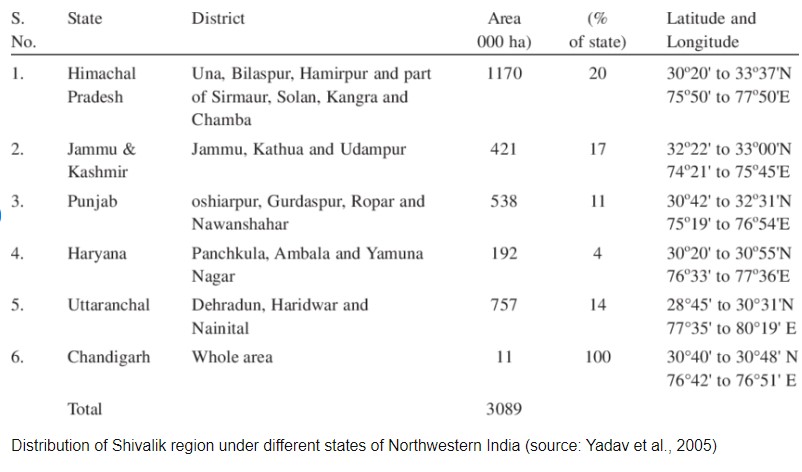
“The Shivalik range is the youngest and most fragile part of the Himalayas. The range is also known as the foothills of the Himalayas, made up of debris from the Himalayas. Rocks made of molten magma are very strong, followed by metamorphic rocks and sedimentary rocks. They are the weakest form of rocks made up of sandstone and shale rock which is highly sensitive to rainfall as their composition is of clay minerals. With the increasing torrential rainfall, the chances of erosion increase by a big margin, which is happening right now. Over construction, urbanization, excessive tourist footfall, and increasing extreme rainfall events are all responsible for the apathetic condition of the region. We don’t even know the bearing capacity of these mountains, and even if it has some, it is far too stretched. Increasing anthropogenic stress will only lead to disaster,” Professor Y P Sundriyal, Head, Department of Geology, HNB Garhwal University, Srinagar, Uttarakhand.
“Mansa Devi area is located in the Shivalik range, which is the most fragile part of the Himalayas as they are the youngest. It has a history of natural landslides due to its geology, and land subsidence is very common in the range. When the monsoon progresses towards North India, the Shivalik range is the first southern front barrier confronting the Monsoon current. This makes it a region for focused torrential rainfall during the Monsoon season. Mansa Devi area has seen exponential construction, no proper drainage system, and ropeways, which have been putting pressure on the rocks. Climate change is worsening the situation. All these factors will pave the way for a big disaster in waiting.”
Global warming has changed the climate of the Himalayan region significantly. Scientists are warning of grave times ahead as it is projected to change more dramatically. Thus, the urgency to mitigate the impacts and consequences of climate change is the need of the hour. Policies and planning should focus on improved disaster warning systems and management and mitigation measures to address hydrometeorological extremes.

